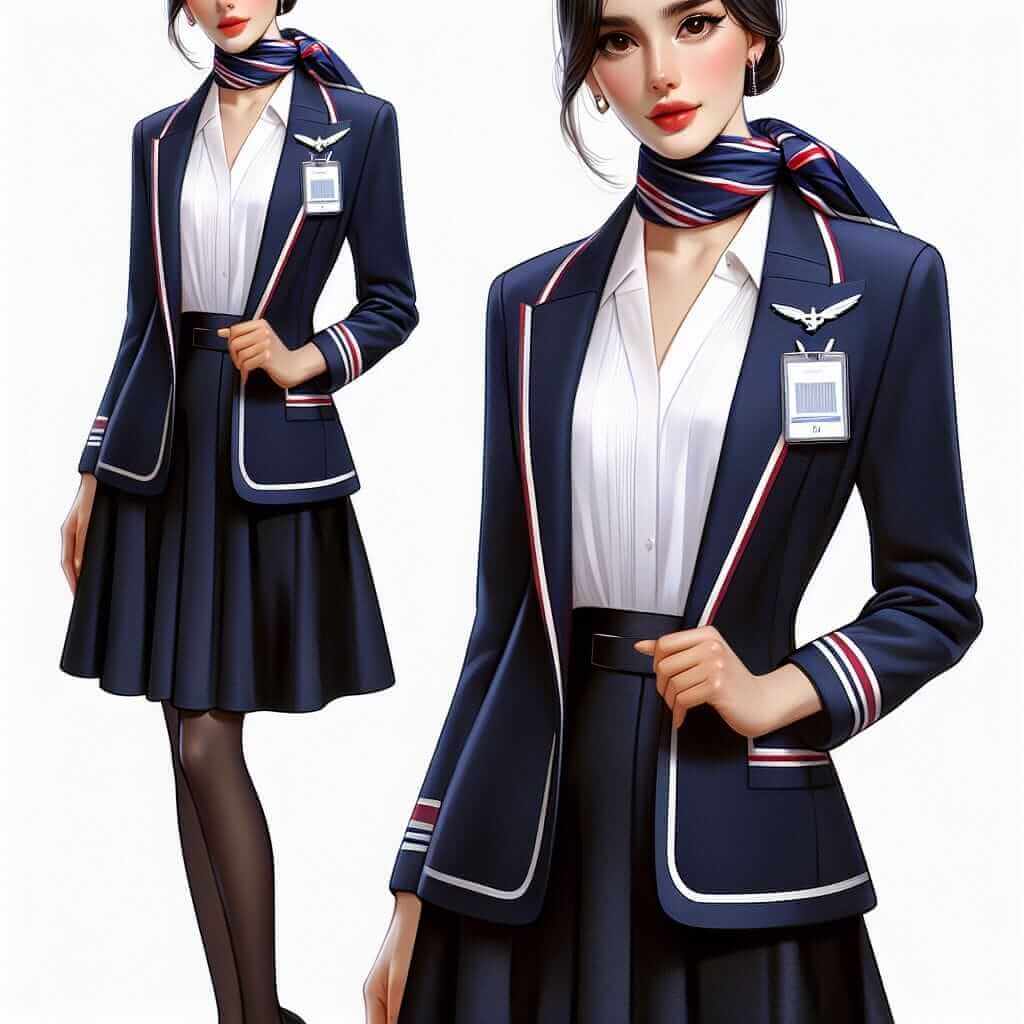As an experienced IELTS instructor, I often encounter students who struggle with describing everyday objects and clothing. One such item that frequently pops up in the Speaking test is the “uniform.” While it might seem straightforward, effectively describing a uniform requires a good grasp of vocabulary and the ability to provide specific details. This guide will equip you with the necessary tools to confidently tackle any uniform-related questions in your IELTS exam.
Understanding the Importance of Describing a Uniform in IELTS
The ability to describe a uniform goes beyond simply listing its components. It tests your:
- Vocabulary range: Using precise and varied language to describe materials, colors, styles, and purposes.
- Descriptive skills: Providing specific details about the uniform’s appearance and how it is worn.
- Coherence and fluency: Organizing your thoughts logically and speaking naturally without hesitation.
Mastering the Art of Describing a Uniform
1. Key Vocabulary
Start by familiarizing yourself with common terms associated with uniforms:
General Terms: Uniform, attire, garment, outfit, dress code, standardized, mandatory, compulsory.
Components: Shirt, blouse, trousers, pants, skirt, dress, jacket, blazer, tie, belt, badge, cap, hat, helmet, footwear, shoes, boots.
Materials: Cotton, polyester, wool, silk, leather, denim, canvas.
Colors: Use precise terms like navy blue, crimson red, charcoal grey instead of just blue, red, or grey.
Styles: Formal, informal, casual, traditional, modern, functional, ceremonial.
2. Providing Specific Details
Avoid generic descriptions like “It’s a blue uniform.” Instead, focus on:
- Purpose: What is the uniform used for? (e.g., school, work, sports, military)
- Appearance: Describe the color, material, and style of each component.
- Distinctive features: Are there any logos, badges, or patterns?
- How it is worn: Is it tucked in, buttoned up, or accessorized?
3. Example Description
Let’s look at an example:
“The flight attendant’s uniform was stylish and professional. She wore a fitted navy blue blazer with gold buttons over a crisp white blouse. Her knee-length skirt was also navy blue, and she wore sheer black tights and classic black pumps. A silk scarf with red and blue stripes added a touch of color, and her name tag was pinned neatly to her lapel.”
Analysis:
- The description begins with an overall impression (stylish and professional).
- Specific colors and materials are used (navy blue blazer, gold buttons, silk scarf).
- Details about fit and length are included (fitted blazer, knee-length skirt).
- Distinctive features are highlighted (gold buttons, red and blue stripes, name tag).

IELTS Practice
Speaking Part 1:
Examiner: Do you have to wear a uniform at work/school?
Candidate: Yes, I do. As a nurse, I wear a standard uniform consisting of a light blue scrub top and matching trousers. It’s comfortable and practical for moving around the hospital.
Speaking Part 2:
Describe a time you had to wear a uniform.
Candidate: For my school’s annual sports day, we had a specific uniform. It was a white polo shirt with the school crest embroidered on the left breast and navy blue shorts. We also had white socks and running shoes. Although it was a simple uniform, it instilled a sense of unity and team spirit among us.
Tips for Success
- Expand your vocabulary: Use a dictionary or online resources to learn new words related to clothing and descriptions.
- Practice describing different uniforms: Think about uniforms you’ve seen or worn and try to describe them in detail.
- Record yourself speaking: This will help you identify areas where your fluency or vocabulary needs improvement.
- Don’t be afraid to be creative: While accuracy is important, adding personal observations and opinions can make your descriptions more engaging.
Conclusion
Describing a uniform effectively is an achievable skill with practice and the right approach. By focusing on vocabulary, specific details, and coherence, you can confidently demonstrate your language proficiency in the IELTS exam. Remember to practice regularly, and soon you’ll be describing uniforms like a pro!